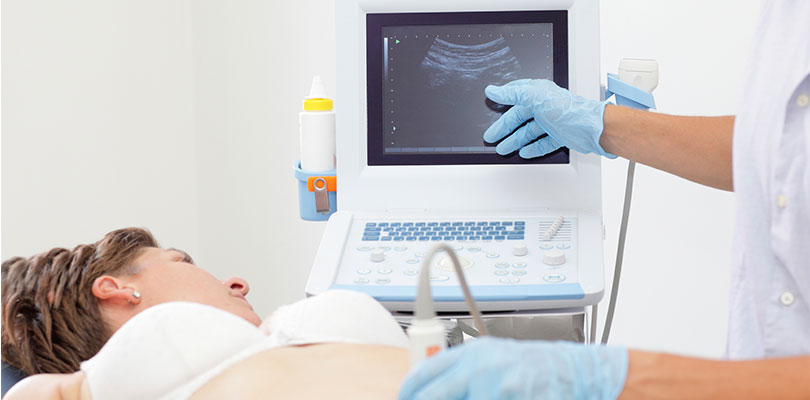
Photo Credit: endopack / istockphoto.com
Cervical Cancer Will Impact Fertility, but Pregnancy Isn't out of the Question
When cervical cancer is caught after it has spread past the surface tissue (stage I and beyond), surgery is often the best course of action. In many cases, the cervix is completely removed, along with the uterus and the ovaries (full hysterectomy). However, the reproductive organs can be spared, in some cases.
If the cancer is caught early, you may be able to have a cone biopsy to remove only the affected cervical tissue, or a procedure known as a radical trachelectomy, where the cervix and part of the vagina are removed, but the uterus is not. Although future pregnancies aren’t without risk, they will still be possible after these procedures.
Any cancer presents a danger, and despite the statistics on diagnosis and prognosis, not all cases of cervical cancer will behave the same. Different women will also react differently to treatment, so it’s important not to get too wrapped up in the numbers — whether they’re for or against you.
If you’ve received a positive Pap test result, remain calm, and have a conversation with your doctor to determine the best course of action for you and your body.
Resources
Foundation for Women’s Cancer (Cervical Cancer)American Cancer Society (What are the key statistics about cervical cancer?)MedicineNet (Cervical Cancer Facts)Screening for Life (Cervical Cancer Myths and Facts)Mayo Clinic (Cervical Cancer Risk Factors)Bladder cancer is cancer that develops in the tissues of the bladder and is typically diagnosed by seeing blood in the urine and urination changes.






